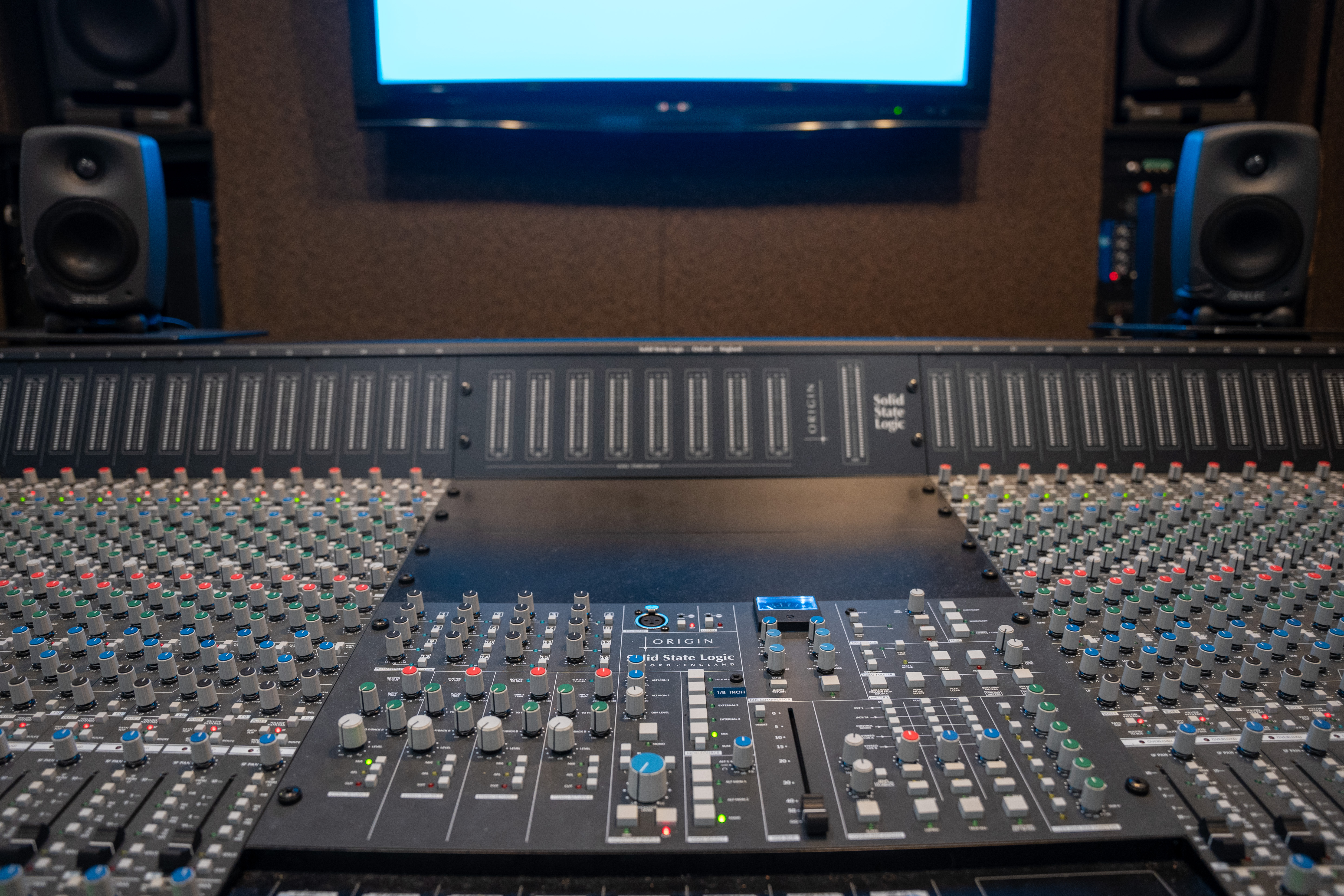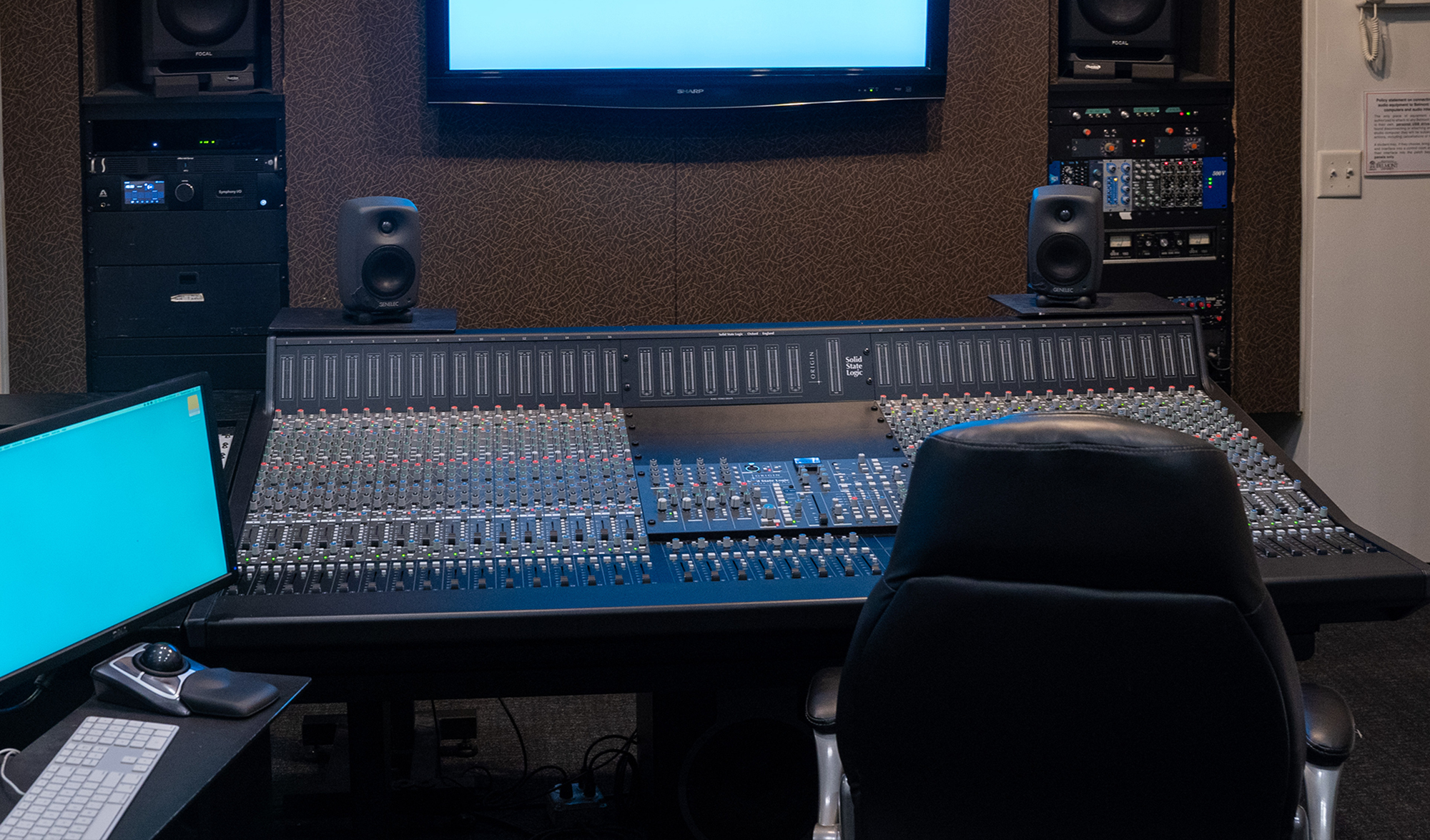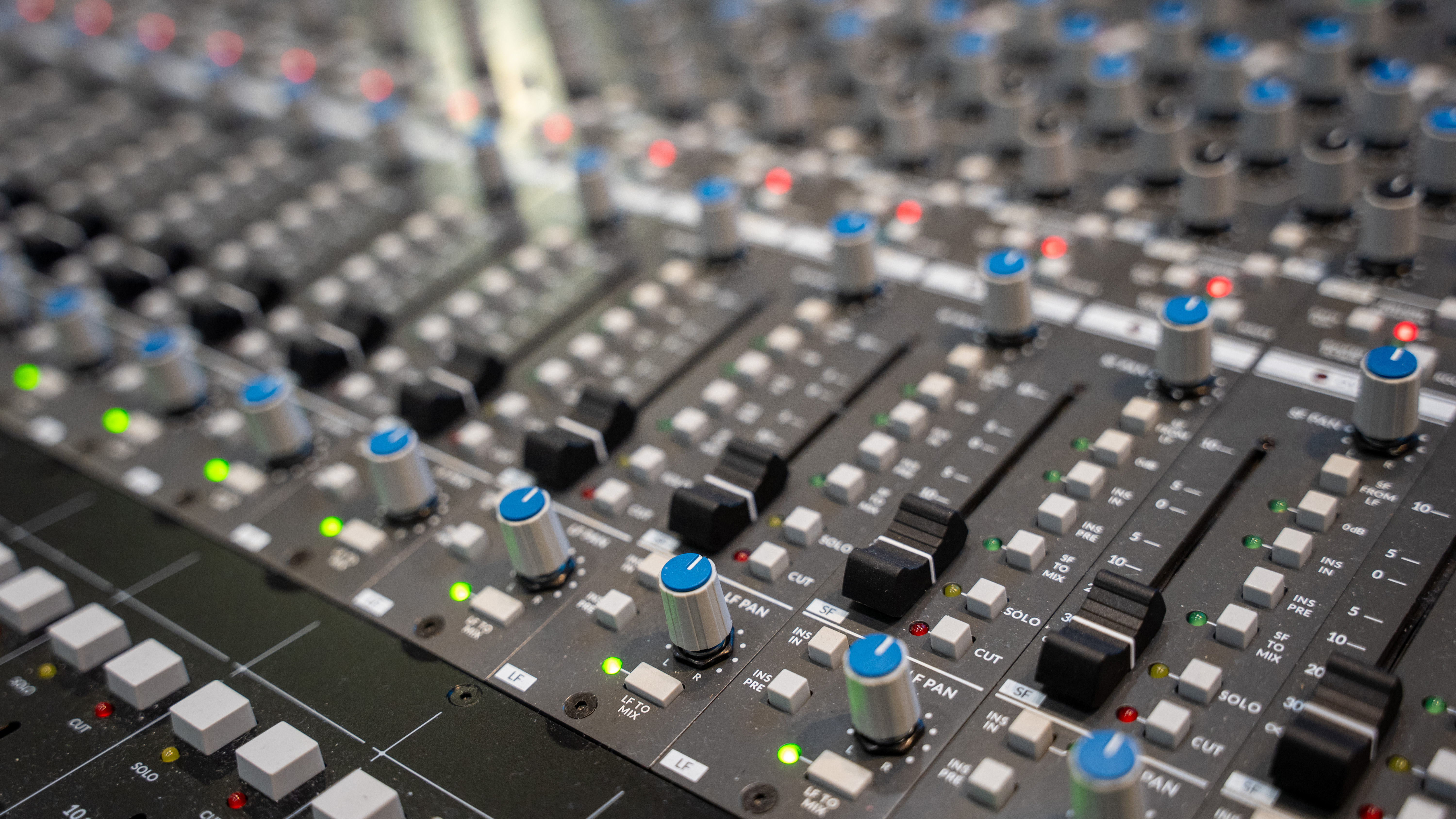Belmont University is located in Nashville, so the need for quality music production is rather essential. Recently, its Mike Curb College of Entertainment & Music Business installed two Solid State Logic ORIGIN 32-channel analogue mixing consoles in its historic Quonset Hut and Columbia Studio A on Nashville’s Music Row. Belmont previously installed two SSL ORIGIN consoles on its main campus and at Ocean Way Nashville Recording Studios, which the university also owns, at the beginning of 2022.
Nashville’s Music Row can trace its roots back to 1955, when the Bradley brothers, Owen and Harold, set up the first recording studio in the neighborhood that would very quickly become the heart of the country music business. Columbia Records acquired the brothers’ legendary Quonset Hut studio in 1962, constructing Studio A in a new building that also absorbed most of the hut, which was renamed Columbia Studio B. Mike Curb’s foundation purchased the complex in 2005, refurbishing Columbia Studio A and Studio B—the Quonset Hut—to serve as classrooms for Belmont University’s Audio Engineering Technology program.
Now, the four ORIGIN installations bring consistency and efficiency to the teaching environment, explained instructor Michael Janas, the chair of audio engineering technology. “The goal, starting several years ago, was to have the same console in all four of our main student facilities. All of our studio production classes that use these facilities learn on the same console. That allows us focus just on production techniques, as opposed to having to teach a new mixing console signal flow or a new workflow every eight weeks.”
[But Did You Ask Me If I Like KISS?]
The school’s teaching tools also include SSL’s E Series Dynamics Modules in 500 Series format, which are integrated into three of Belmont’s studio classrooms.
Understanding Signal Flow

Compared to the output routing and patching of the older consoles that were previously in the Quonset Hut and Columbia Studio A, Janas said, “The SSL ORIGIN has much more of a modern flow, because nowadays people are really using direct outputs. We've been very pleased with ORIGIN at Ocean Way Studio B and on the campus at REM Studio A, using them for our second level class. ORIGIN has helped us clean up some of the things that we do in teaching and has really helped students understand signal flow and allowed them to focus on producing music or audio.”
Having used the initial ORIGINs for two years, he has come to appreciate the SSL E Series “242” EQ section on every input channel. The Q values in the high and low mid-frequency range sections are smaller, and therefore offer a wider bandwidth, than some of the school’s previously installed consoles. “A Q of 9 is a semi-tone,” he said of one previous console, and is arguably more appropriate for mastering. “The Q on the ORIGIN is much broader. But even if students do make it narrow, it still sounds musical. I love having the filters on there, too.
“But my favorite thing, and it sounds odd, is the stereo cues, because those cues are fast and they're punchy sounding; they really rip. And the panning is excellent. The cues, to me, best represent what's coming back off the monitor path, and when you’re working with musicians it's those little things that make a difference. Musicians respond differently when they have confidence that what they are hearing is exactly what is being recorded, not muddied or distorted by low quality cue feeds, and that typically results in a better performance.”
Expanding Creative Possibilities

Second-level audio students have been enjoying the creative possibilities enabled by having separate inserts on the small fader and the long fader on the ORIGIN. For instance, Janas suggested, they can insert an effect to see how it sounds on one fader path without affecting what is being recorded through the other path.
That dual-path signal flow also allows students to get creative with ORIGIN’s PureDrive microphone preamp, which can go from clean and pure to warm and rich. “Having the two meters—channel and monitor—above each input makes that much more useful,” he says. “You can pull your small fader down, hit the Drive button, crank it up and push it into the DAW. Bring it back on the large fader to listen to it and it's almost like having input/output control of distortion.”
The Quonset Hut and Columbia Studio A are almost identically equipped, Janas also reported, from the DAW and converters to the outboard equipment and microphone collection. The only significant difference is the acoustic signature of the respective live rooms, he said. When Quonset Hut was originally built control rooms were generally not very large, so the outboard equipment is housed in front wall soffits, Janas said. “But we needed a place for the patchbay, so Ocean Way Nashville technicians Travis Moore and Eric Vogel came up with the idea to custom-build a rack that has the same angle and profile as the SSL console.”
